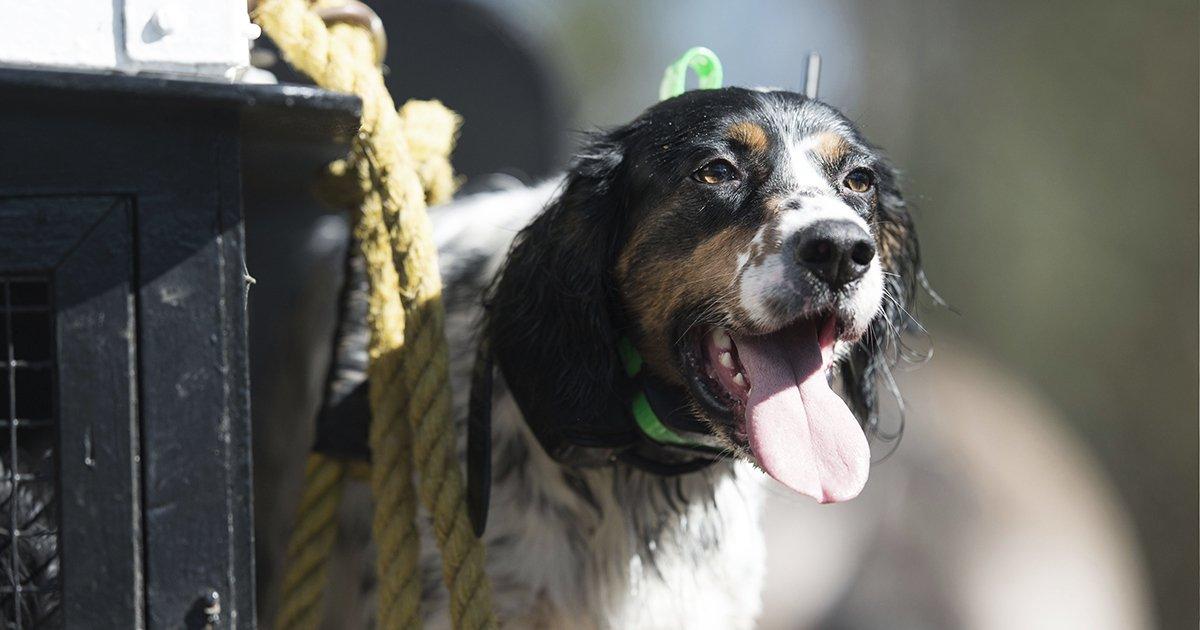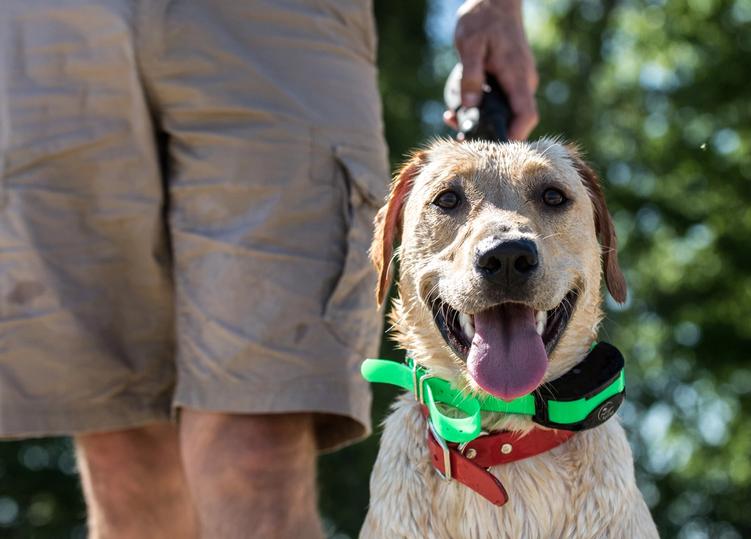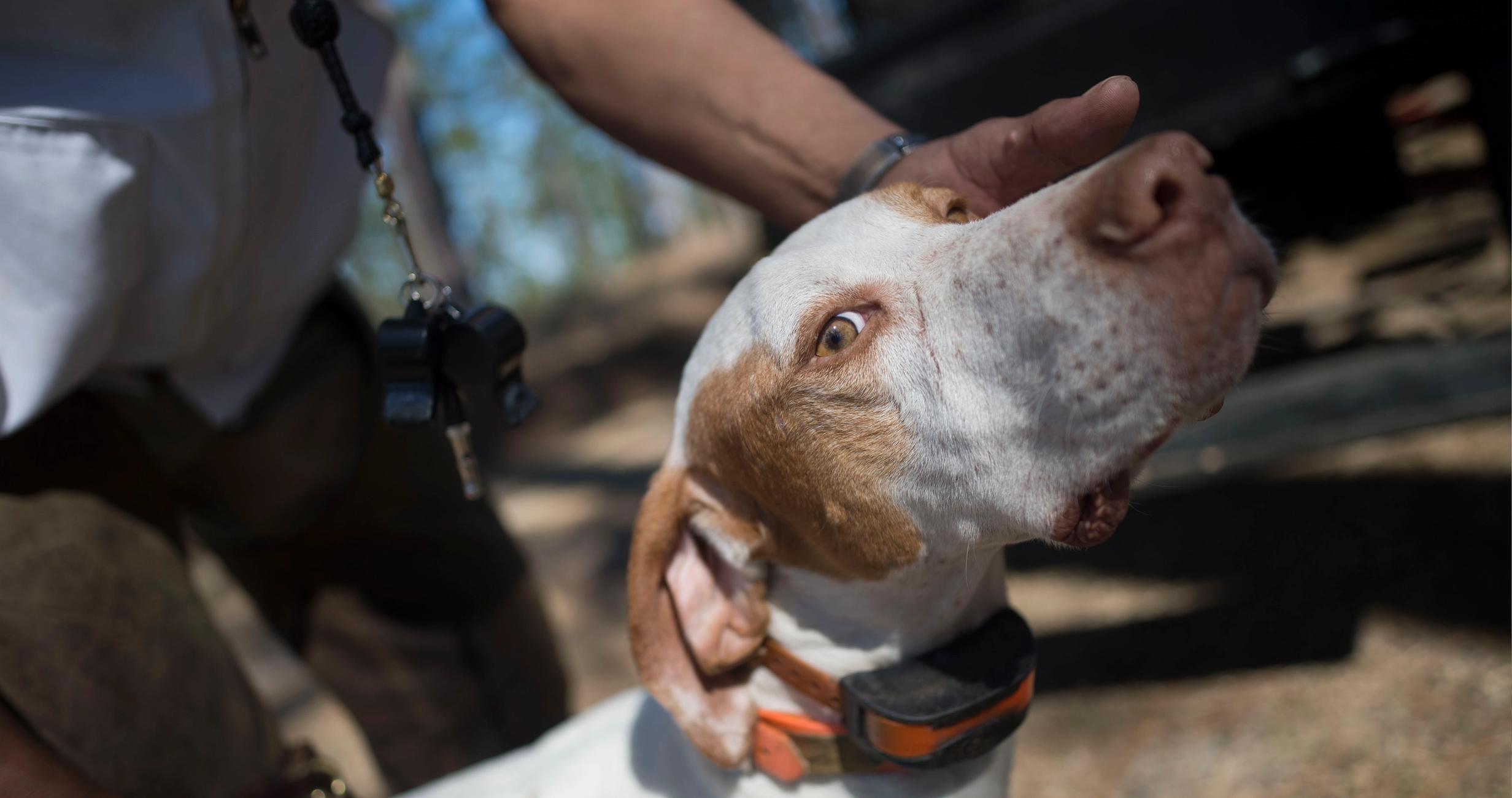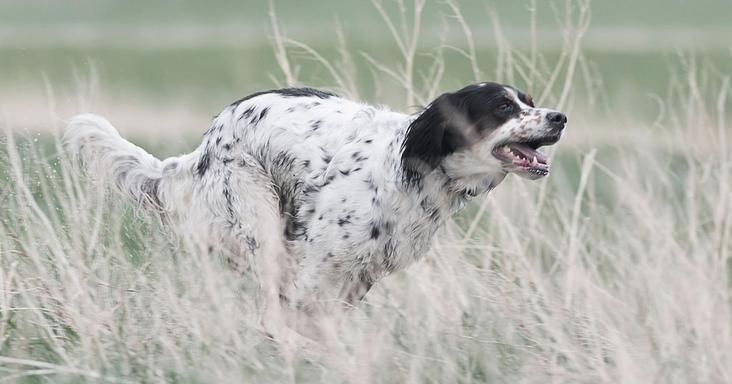
Dealing with a Heat-Related Emergency
Posted by The SportDOG StaffWe lose more dogs to heat-related emergencies than almost any other. If you take preventive measures before heading out to the field, there’s much less of a chance your dog will get into trouble. But when a dog starts to show signs of heat stress, knowing how to deal with it can make the difference between a scare and a tragedy.
Preemptive hydration is vitally important. Give your dog every opportunity to drink as much as possible early in the day, and then be sure to carry as much water as possible for whatever period of time you’re going to be out. Most of the time, this is all it takes. In extreme conditions, though, stuff happens and you need to be ready to deal with it.
When I’m teaching canine handlers and emergency medical responders how to care for and treat dogs in emergency situations, the one item I tell them to carry in their emergency kit is a simple thermometer. In fact, I carry two of them. That’s because if you think your dog is in trouble due to overheating, taking its temperature will tell you what treatment steps to take.
You don’t need a specialized thermometer. The digital models found for cheap at your local store or pharmacy are fine. The only difference is you take a dog’s temperature rectally, so you don’t want to mix it up with your home thermometer. It’s a fun joke to break the ice. I ask my clients, “How do you tell the difference between your human thermometer and a dog’s? The taste!” Digital thermometers are the best. I recommend the ones with flexible tips, so if the dog jumps a bit, you don’t have to worry about hurting the dog.
If your dog is acting lethargic, it might be because it’s running a 107-degree temperature and is on the edge of going into heat exhaustion. So, what next? First, take into account the humidity. You would treat a dog differently in a humid area than you would a dog that’s in a dryer state, like Arizona, where humidity levels are low and water evaporates a lot faster.
Rubbing alcohol is a life-saver in hot, humid conditions. It serves two purposes for emergency care. You can clean wounds with it, and it can be used to help cool the dog. In states where there’s not a lot of water readily available, you can take rubbing alcohol and put it behind the dog’s ears and on its stomach or pads of its feet. Rubbing alcohol cools the dog faster than water because it evaporates a lot faster, and that helps draw the heat out of the dog.
Of course, proper hydration and taking care to not push your dog beyond what’s reasonable in hot weather keeps you from getting into this situation in the first place. Always remember that anytime your dog’s temperature gets above 102.5, which is the high end of what’s considered “normal,” you want to start to cool it down. I’ve seen dogs spike up to 106 or 106.5, but given a break, shade and water, they cool down pretty rapidly.
If you check a dog’s temperature and it’s 106, you don’t need to freak out. You need to start the cooling process. Retake the temperature every 3 to 5 minutes. If you see it going down, you know you are making progress. However, if the dog isn’t below 103 within 30 minutes, you need to get on your way to the hospital, and quickly. That’s why it’s crucial to keep that thermometer with you, so you know whether you’re dealing with a mild case of overheating or all-out heat exhaustion that needs professional treatment.
Overheating is one of the most common emergencies in hard-working dogs, so it pays to be vigilant. There are plenty of other problems you need to be prepared for, and in my next article I’ll discuss my take on the first aid items that you should be carrying on every training or hunting trip.

The SportDOG Staff
Related Articles

Heatstroke Prevention for Hunting Dogs - Video
by The SportDOG Staff
In this SportDOG Brand Training Tip (originally aired on Pheasants Forever Television), Dr. Joe Spoo, DVM discusses the importance of watching your hunting dog for signs of heatstroke. Gun dogs will work for you longer than their bodies can work for them, so it's important to keep an eye on...

First Aid for Your Hunting Dog - Video
by The SportDOG Staff
In this SportDOG Brand Training Tip (originally aired on Pheasants Forever Television) Dr. Joe Spoo,DVM explains the correct way to provide first aid care for your hunting dog while in the field. Emergency care for your gun dog in the field can prevent long term dog problems from developing.

Building a First Aid Kit
by The SportDOG Staff
My background is a bit different than many of the dog handlers on the SportDOG® ProStaff. I’m a tactical paramedic. I work with law enforcement and service dogs. In fact, I’ve never hunted with dogs. However, I’ve trained explosive-detection canines, and I specialize in cadaver dogs. Today, I teach canine...
